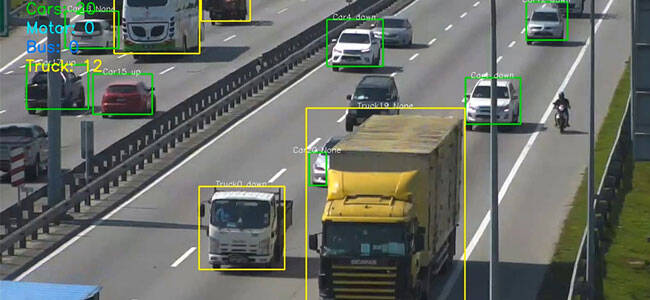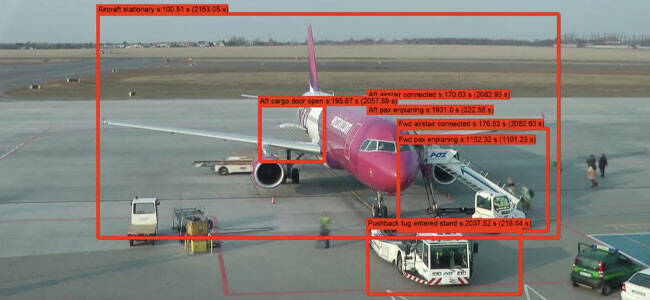The role of analytics
2023-01-31
Protecting people and property is a priority in the security industry. With the rapid development of technology, the concept of security has evolved and now means more than just monitoring the facility. Electronic security devices, such as smart video cameras, not only transmit information about intrusion or burglary, but also collect invaluable data, which we can then effectively use and manage according to our needs.

Video Analytics – possibilities
Video analysis allows you to solve security problems in a more effective way. With the advancement of video analytics, surveillance cameras have been equipped with analytics tools that can help users manage and add value to vast amounts of video data. Video analytics records data about everything that happens in each recorded scene.
Thanks to the built-in artificial intelligence, the surveillance camera is no longer a passive system using only 10% of video data, which simply observes and records events before making the material available for playback. Cameras equipped with artificial intelligence have become a versatile sensor that allows you to extract and interpret recorded data and provide professional security for a given area. Unlike ordinary cameras, cameras with advanced image analytics allow almost 100% use of video data.
Through the use of video analytics and the use of smart cameras, we can improve the total cost of installing a security system and ensure return on investment by increasing efficiency, reducing costs and creating more business opportunities through new revenue streams.
Routes
Smart cameras improve safety and warn of road hazards. They automatically verify traffic incidents and detect slow or stopped vehicles, queues of vehicles on exit ramps, vehicles going in the wrong direction, objects on the road – such as lost cargo – and other road incidents. Video sensors can also classify objects as cars, trucks, bicycles and pedestrians, and detect speed and trajectory – continuously collecting real-time data. Armed with this valuable information, city traffic planning directors and senior traffic engineers can analyze flow patterns in road networks to implement new traffic rules or future intersection upgrades.

Parking lots
Smart cameras can help large organizations or urban planners monitor parking space usage. On lots, the cameras can count the number of free parking spaces and special spaces (such as spaces for the disabled or electric vehicles), as well as track vehicle entries and exits, and then transmit this data to video systems and parking management systems, without the need for ground sensors. With this information, we can help you find a parking space faster – thereby improving the efficiency and comfort of customers.

Airports
AI could also enable smart cameras to collect data in highly controlled transportation environments such as airports, where awareness of traffic flow and aircraft status is critical. The data collected may include information on how long an aircraft is parked at the terminal, how long it takes to load passengers' luggage, or how long it takes to refuel the aircraft. This information is helpful in optimizing passenger and aircraft handling times, improving airport efficiency and reducing airline handling costs.

Retail stores
Video surveillance cameras can capture anonymous shopper traffic data, which provides traders and operations managers with actionable insights. With the help of this data, we can analyze the most visited aisles in the store and check whether, for example, a given type of advertisement or promotion aroused interest among customers. Thus, giving salespeople the information they need to maximize customer engagement and increase sales. By analyzing the captured traffic data in the store, managers can increase the number of staff in the so-called. peak hours, thus increasing customer loyalty.

